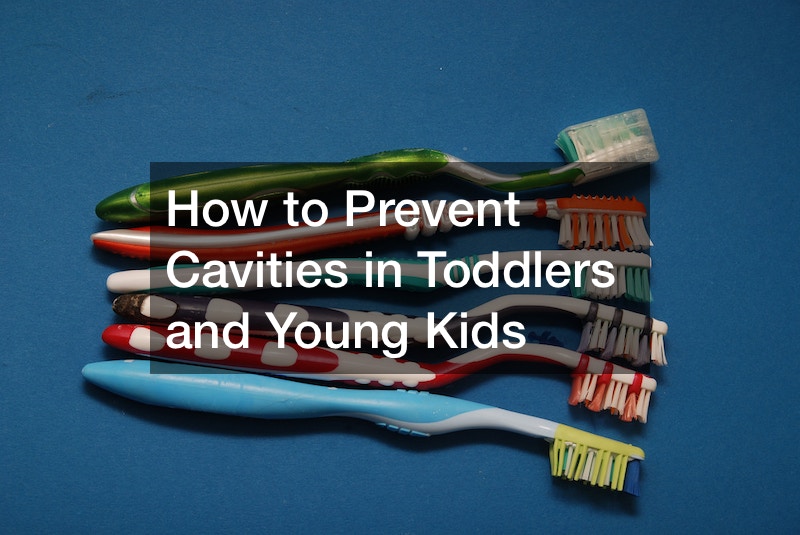in the tooth, convert food we consume into acidic compounds that eat away the enamel, causing cavities. Too much sugar and starch provide a conducive atmosphere for plaque-forming bacteria. Plaque is able to stick to the tooth leading to discoloration and worsening cavities. The level of bacteria that is present in the mouth must be on the forefront of your thoughts when working in preventing dental cavities among toddlers and younger children in your household.
2. Construction of Plaque
Plaque is produced by food, saliva, as well as the acid in the mouth. Plaque builds up and causes cavities. In order to prevent tooth decay, children and toddlers must brush their teeth on a regular basis. Plaque, which is often neglected by the majority of people may indicate the child’s health in danger.
3. Bad Dental Hygiene, and improper brushing
A visit to the pediatric dentist should be made each six-month period to maintain good dental hygiene. Plan a consultation with a specialist for your child’s dental needs right after the first tooth appears. The parent needs to be present to monitor children who fail to do their dental work correctly. It is also possible to fail to clean their teeth. A lack of cleaning creates a buildup of plaque that results with tooth decay. Inability to floss, or complete absence of flossing can cause food particles to build inside the tooth. This provides the ideal environment for plaque-causing bacteria that lead to tooth cavities. Maintaining proper dental hygiene should be the primary goal before you consider how to avoid tooth decay in young kids within your home.
4. Inadequately balanced and unbalanced diet
Diet is by far the most feared factor in dental health. It is the most important factor when it comes to assessing the risk of tooth decay, both in adults and kids. Consuming a large amount of sweet, sugary, and starchy food exposes kids to a higher risk of tooth decay.
5. Genetically triggered causes
Genetics is known for causing in
5cjs5ov9w3.
